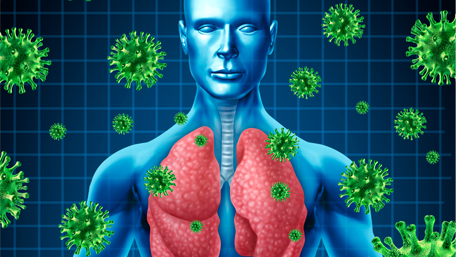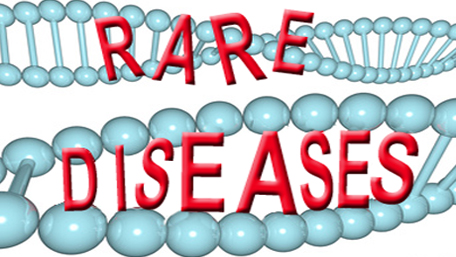
03/04/2020
Hot Topics of the Day are picked by experts to capture the latest information and publications on public health genomics and precision health for various diseases and health topics. Sources include published scientific literature, reviews, blogs and popular press articles.
Sign up MyPHGKB to receive the daily hot topic email alert.
Archived Hot Topics of the Day By Date
Air, Surface Environmental, and Personal Protective Equipment Contamination by Severe Acute Respiratory Syndrome Coronavirus 2 (SARS-CoV-2) From a Symptomatic Patient
SWX Ong et al, JAMA, March 4, 2020
Coronavirus Map: Tracking the Spread of the Outbreak
NY Times, March 4, 2020
Direct-to-Consumer Nutrigenetics Testing: An Overview.
Floris Matteo et al. Nutrients 2020 Feb 12(2)
The de-coders: A historical perspective of the genetic counseling profession.
Cohen Leslie et al. Birth defects research 2020 Mar 112(4) 307-315
Using a machine learning approach to predict mortality in critically ill influenza patients: a cross-sectional retrospective multicentre study in Taiwan.
Hu Chien-An et al. BMJ open 2020 Feb 10(2) e033898
Identification of newborns at risk for autism using electronic medical records and machine learning.
Rahman Rayees et al. European psychiatry : the journal of the Association of European Psychiatrists 2020 Feb 63(1) e22
Prediction of caregiver burden in amyotrophic lateral sclerosis: a machine learning approach using random forests applied to a cohort study.
Antoniadi Anna Markella et al. BMJ open 2020 Feb 10(2) e033109
Evaluation of Combined Artificial Intelligence and Radiologist Assessment to Interpret Screening Mammograms
T Schaffer et al, JAMA Network Open, March 2020
The Path to Implementation of Artificial Intelligence in Screening Mammography Is Not All That Clear.
Mello-Thoms Claudia et al. JAMA network open 2020 Mar 3(3) e200282
Real-time Metagenomic Analysis of Undiagnosed Fever Cases Unveils a Yellow Fever Outbreak in Edo State, Nigeria
Scientific Reports, February 2020
NCATS Rare Diseases Are Not Rare! 2020 Challenge Details
NCATS, March 2020

Blood RNA analysis can increase clinical diagnostic rate and resolve variants of uncertain significance.
Wai Htoo A et al. Genetics in medicine : official journal of the American College of Medical Genetics 2020 Mar
Disclaimer: Articles listed in Hot Topics of the Day are selected by Public Health Genomics Branch to provide current awareness of the scientific literature and news. Inclusion in the update does not necessarily represent the views of the Centers for Disease Control and Prevention nor does it imply endorsement of the article's methods or findings. CDC and DHHS assume no responsibility for the factual accuracy of the items presented. The selection, omission, or content of items does not imply any endorsement or other position taken by CDC or DHHS. Opinion, findings and conclusions expressed by the original authors of items included in the Clips, or persons quoted therein, are strictly their own and are in no way meant to represent the opinion or views of CDC or DHHS. References to publications, news sources, and non-CDC Websites are provided solely for informational purposes and do not imply endorsement by CDC or DHHS.
- Page last reviewed:Feb 1, 2024
- Page last updated:Apr 25, 2024
- Content source:











